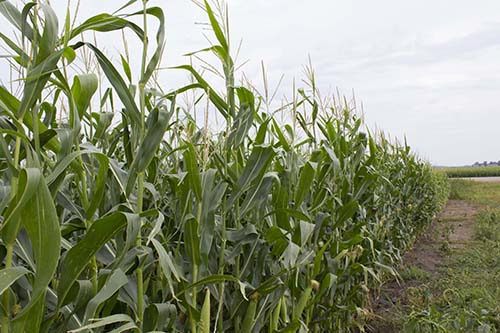
While completing cash flow plans for 143 farms last winter, two questions continually cropped up for Penn State's Dairy Extension Team:
- What yield do I need to keep costs of production low enough to take advantage of the market if I want to sell corn or beans?
- What land rent can I afford before it negatively impacts the cost of production?
If corn prices stay around the December futures level of $4.67, both costs of production are competitive. However, another dynamic is added if corn is grown on rented land. For producers with lower yields, land rent exceeding $200 per acre results in a price of $4.60 per bushel. With higher yields, a producer could tolerate land rent at slightly over $300 per acre.
Soybean futures are holding around $12 per bushel currently. Producers with the lowest yields averaged 33 bushels per acre compared to the high yielding group with 65 bushels per acre. "Costs for the low yielding group were $7.70 per bushel. For the high yielding group, costs were $6.06," noted Ishler.
Both costs still offer opportunities if the beans are sold. When accounting for land rent, the low yielding group could tolerate $100 per acre. If this were upped to $200 per acre, the production costs per bushel would raise to $12. The high yielding group could tolerate $400 per acre.
The bottom line this year, noted Ishler, is determining what it costs to produce homegrown feeds. This is critical especially if market prices continue to decline. Knowing what it costs to grow corn or beans enables the determination of your break-even yield and what value you can afford to pay for rented ground.

The author, Amanda Smith, was an associate editor and is an animal science graduate of Cornell University. Smith covers feeding, milk quality and heads up the World Dairy Expo Supplement. She grew up on a Medina, N.Y., dairy, and interned at a 1,700-cow western New York dairy, a large New York calf and heifer farm, and studied in New Zealand for one semester.








